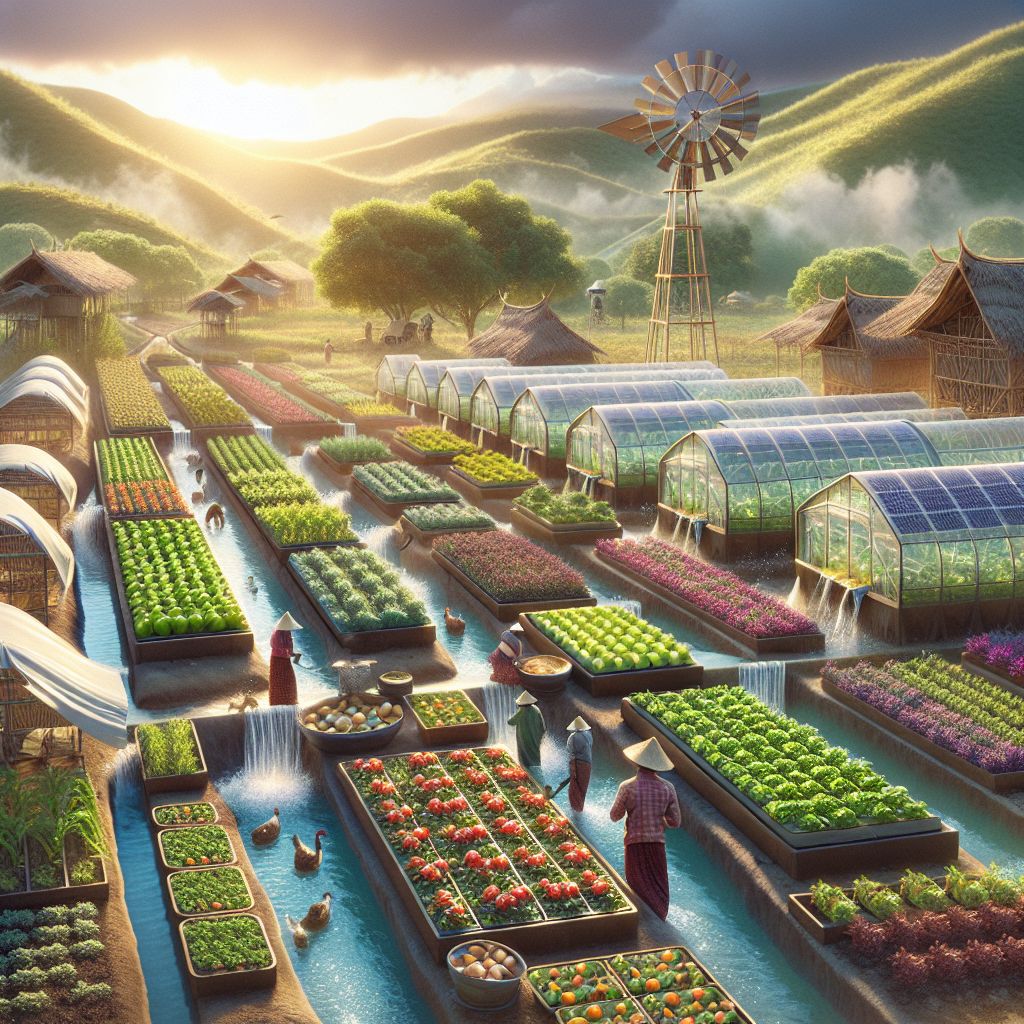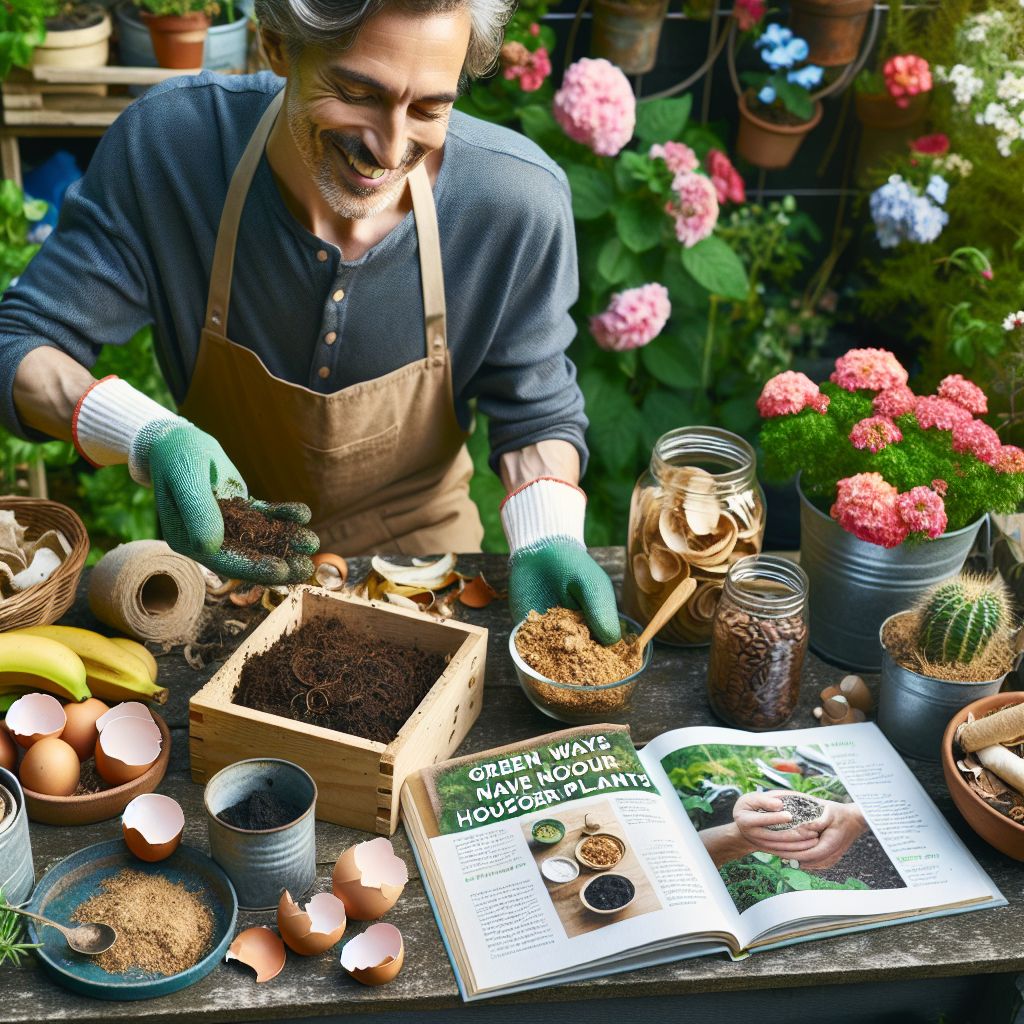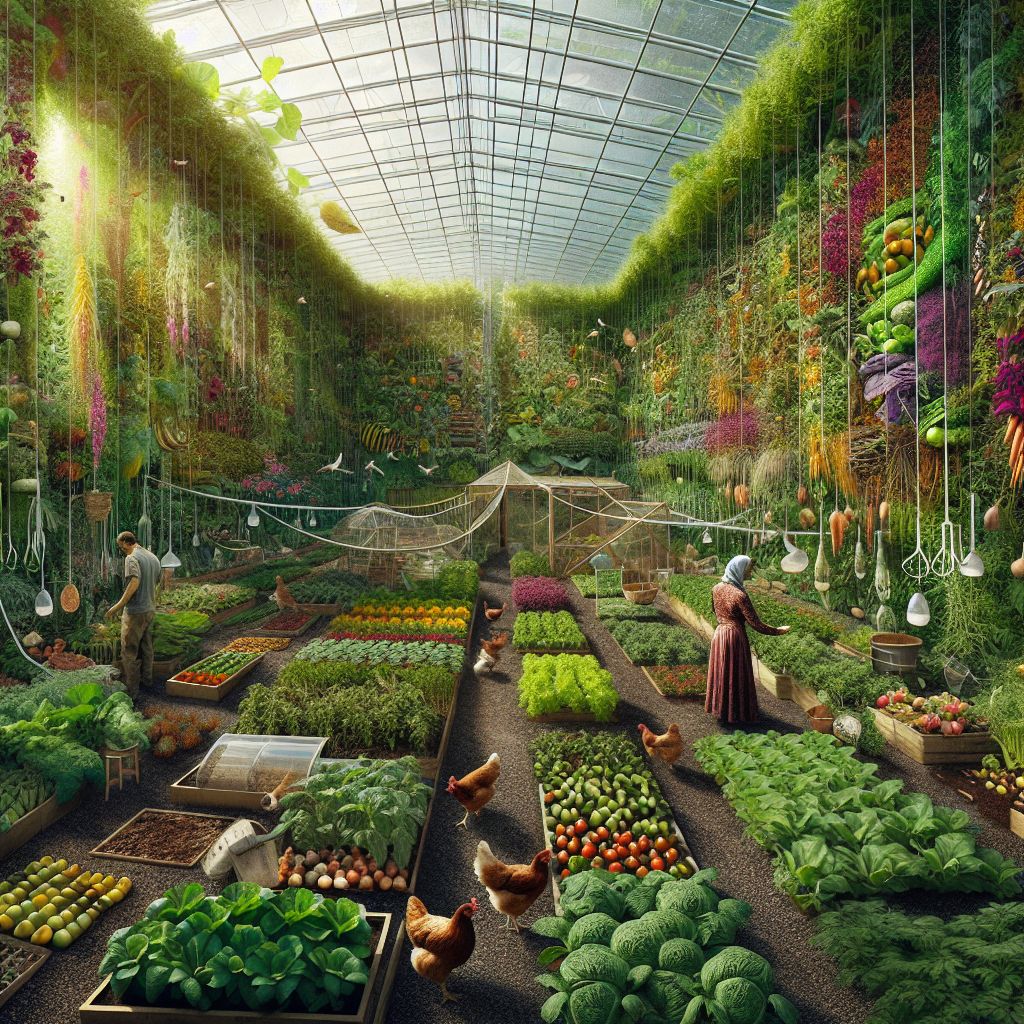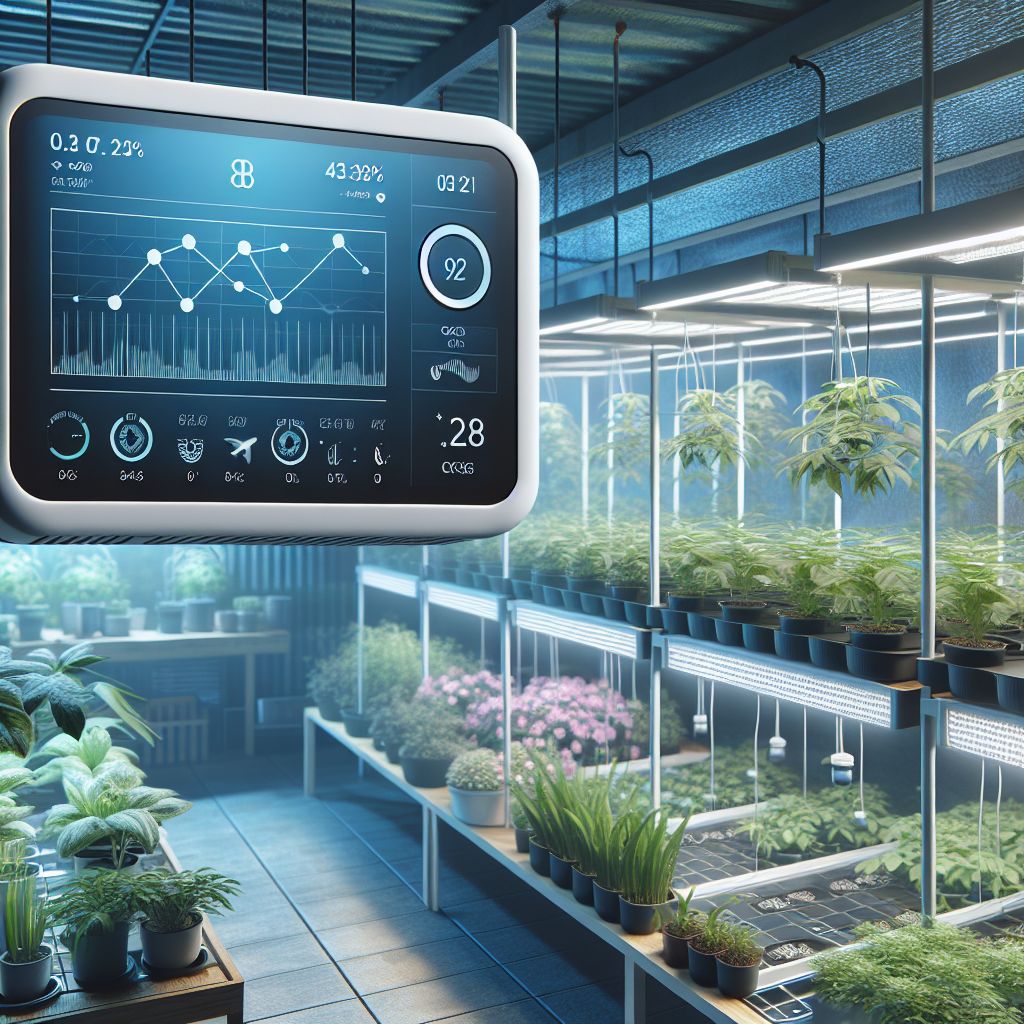Key Takeaways
- Each greenhouse design has unique benefits and drawbacks that suit different environmental and gardening needs.
- Quonset greenhouses are cost-effective and easy to build, ideal for beginners.
- Gothic greenhouses offer superior strength and snow load capacity, perfect for colder climates.
- Gable greenhouses provide a traditional look with spacious interiors for versatile gardening.
- Eco-conscious gardening is not just about the plants you grow, but also the structure and materials you choose for your greenhouse.
Your Greenhouse Design Comparison Chart
When it comes to selecting a greenhouse, there’s more to consider than just plants and pots. The design of your greenhouse impacts everything from temperature control to how much you’ll enjoy tending to your garden. Let’s break down the three popular styles: Quonset, Gothic, and Gable.
Snapshot: Quick Glance at Styles and Specs
Before diving deep into the details, here’s a snapshot of what each greenhouse style brings to the table:
| Style | Height | Cost | Climate Suitability | Space Efficiency |
|---|---|---|---|---|
| Quonset | Approx. 13ft | Low | Most Climates | Good |
| Gothic | Varies | Medium | Cold/Snowy Regions | Excellent |
| Gable | Varies | High | Most Climates | Excellent |
Matching Greenhouse Styles to Your Gardening Goals
Choosing the right greenhouse design isn’t just about aesthetics, it’s about aligning with your gardening goals. Ask yourself: What am I growing? How much space do I need? What’s my budget? Your answers will steer you towards the greenhouse that will serve you best.
The Right Style for Your Regional Climate
Climate plays a crucial role in your choice. Quonset greenhouses can withstand diverse conditions, Gothic designs excel in heavy snow, and Gable styles offer a classic touch that’s robust in various weather patterns. Consider your local weather before making a decision.
Cost-Benefit Analysis for Each Greenhouse Type
It’s essential to weigh the initial investment against long-term benefits. Quonset greenhouses usually cost less upfront, Gothic greenhouses may save on heating costs in cold climates, and Gable greenhouses offer lasting value with their timeless design and spacious interior.
Quonset Greenhouses: Affordable and Functional
Let’s start with the Quonset greenhouse, a model of simplicity and functionality. Its semi-circular shape is not just for show, it’s designed to be economical and easy to construct, which is why it’s a favorite among beginners and seasoned gardeners alike.

The Budget-Friendly Choice for Starters
For those new to greenhouse gardening, the Quonset style is a gentle introduction. It’s relatively inexpensive to set up, and you can often do it yourself with a kit. Plus, its materials are readily available, making it a go-to for gardeners on a budget.
Adaptable Designs for Various Climates
Whether you’re basking in the sun or bracing for the chill, Quonset greenhouses are adaptable. Their rounded design allows for excellent wind resistance and efficient interior heating, making them suitable for a wide range of climates.
Pros and Cons of Quonset Style
Every greenhouse style has its trade-offs, and the Quonset is no exception. Here’s what to consider:
- Pros: Cost-effective, easy assembly, good for various climates.
- Cons: Less overhead space, potential for snow accumulation on the roof.
Best Practices for Quonset Greenhouse Cultivation
Maximizing your Quonset greenhouse means understanding its strengths. Ensure proper ventilation to avoid overheating and plan your interior layout to make the most of the curved walls. With these tips, you can create a thriving environment for your plants.
Gothic Greenhouses: A Blend of Old-World Charm and Modern Technology
Now, let’s talk about the Gothic greenhouse, which combines old-world charm with modern technology. Its distinct pointed arches aren’t just for looks, they’re engineered to shed snow and resist wind, making this design a fortress against harsh weather.

“gothic high tunnels Harlequin Produce …” from www.rawpixel.com
Why Gothic Style Stands Out in Snowy Regions
For those in snow-prone areas, a Gothic greenhouse is a wise choice. The steep pitch of the roof prevents snow from building up, which not only protects the structure but also helps maintain a consistent internal climate for your plants.
Architectural Elegance Meets Functional Design
The Gothic greenhouse isn’t all about durability, its design also maximizes light penetration and headroom. This means your plants get the sunshine they need, and you get more space to work and grow a wider variety of plants.
Pros and Cons of Gothic Style
Like any design, Gothic greenhouses have their pros and cons:
- Pros: Excellent snow shedding, strong structural integrity, good light transmission.
- Cons: Can be more expensive to construct, may require more heating in colder climates.
Steps to Optimize a Gothic Greenhouse
To get the most out of your Gothic greenhouse, focus on its strengths. Make sure the orientation of your greenhouse maximizes sunlight exposure. Insulate well to take advantage of the heat retention properties of the design, and consider using raised beds to further enhance the internal climate control.
Another key point is to use materials that complement the structure’s durability. Opt for polycarbonate panels which offer excellent insulation and light diffusion. Remember, investing in quality materials upfront can save you money and headaches down the line.
Finally, keep the interior organized. The high arches give you the opportunity to hang plants or install tall shelving, making use of every inch of vertical space. This not only optimizes your growing area but also adds to the overall aesthetic appeal of your Gothic greenhouse.
Gable Greenhouses: Classic Design, Contemporary Approach
Moving on to the Gable greenhouse, we find a timeless design that has been adapted for contemporary use. With its peaked roof and straight sides, it offers an ideal combination of form and function, giving gardeners a spacious and versatile environment for all kinds of horticultural pursuits.

Traditional Aesthetics with a Purpose
The Gable greenhouse’s traditional look is backed by practical benefits. The straight sides allow for more usable space, and the gabled roof ensures efficient water and snow runoff, reducing maintenance and the risk of structural damage.
Roomy Interiors for Diverse Horticulture Needs
The Gable design’s vertical walls create a large interior volume, which is perfect for growing tall plants or installing benches and shelves. This makes it a great choice for gardeners who need room to grow both literally and figuratively.
Pros and Cons of Gable Style
Here’s a quick look at what the Gable style has to offer:
- Pros: Spacious interior, good water runoff, classic design that can blend with traditional architecture.
- Cons: Can be more costly to build due to its complex structure, may require more materials.
Leveraging Gable Greenhouses for Maximum Productivity
To leverage a Gable greenhouse for maximum productivity, consider integrating automated systems for climate control and irrigation. This will not only save you time but also ensure that your plants are getting exactly what they need, when they need it.
Moreover, the increased headroom in a Gable greenhouse is perfect for installing hanging grow lights or thermal curtains. These additions can extend your growing season and help you maintain optimal growing conditions year-round.
Next-Level Strategies for Eco-Friendly Greenhouse Gardening
Eco-friendly gardening is about more than just choosing organic seeds and avoiding pesticides. It’s about creating a sustainable ecosystem that starts with the very design of your greenhouse. Here are some strategies to make your greenhouse greener in every sense of the word.
Firstly, choose materials that are sustainable and have a low environmental impact. This includes using recycled materials for construction, opting for energy-efficient glazing, and selecting renewable resources whenever possible.
Secondly, consider the orientation of your greenhouse. Positioning it to maximize natural light can significantly reduce your energy consumption. Additionally, incorporating rainwater harvesting systems can reduce your water usage and lower your bills.
Implementing Renewable Energy Resources
One of the most impactful ways to create an eco-friendly greenhouse is to implement renewable energy resources. Solar panels, for instance, can power heating systems, lights, and ventilation fans. This not only cuts down on your carbon footprint but can also lead to long-term savings.
Organic Pest Control Measures
Instead of reaching for chemical pesticides, organic pest control measures can keep your plants healthy and your garden eco-friendly. Introduce beneficial insects, like ladybugs and lacewings, to naturally manage pest populations. Companion planting can also deter pests while enhancing your garden’s biodiversity.
Another tactic is to use barriers and traps. Floating row covers can protect your plants from insects, and pheromone traps can target specific pests without harming beneficial insects or the environment.
Water Conservation Techniques
Water is a precious resource, and conserving it is key in sustainable gardening. Drip irrigation systems deliver water directly to the roots of your plants, reducing waste. Mulching helps retain soil moisture, so you water less frequently. Together, these techniques can significantly reduce your water usage.
Reusing and Recycling in the Greenhouse
Finally, embrace reusing and recycling within your greenhouse. Use compost to enrich your soil instead of chemical fertilizers. Repurpose containers and other materials for planters or garden tools. Every step towards reducing waste is a step towards a more sustainable garden.
Grow Smart with Sustainable Greenhouse Designs
Choosing a sustainable greenhouse design isn’t just a matter of being environmentally responsible—it’s about making a smart investment in the future of your garden. Sustainable designs can help reduce energy use, save water, and create a healthier environment for plants to thrive.
Moreover, building a sustainable greenhouse often means selecting materials that are durable and long-lasting. This reduces the need for repairs and replacements, saving you money and reducing waste over time. Consider materials like reclaimed wood, recycled metal, and greenhouse plastics that have a longer life expectancy and are less harmful to the environment.
The Optimal Environment for Your Garden
Creating the optimal environment in your greenhouse involves careful planning and consideration of all the elements that contribute to plant growth. Temperature, humidity, light levels, and air circulation must be balanced to meet the needs of your specific plant varieties.
Maximizing Space and Efficiency
To maximize space and efficiency in your greenhouse, think vertically. Use hanging planters, shelves, and trellises to grow upwards. This approach not only saves space but can also improve air circulation around your plants, which is crucial for preventing disease and promoting growth.
Enhancing Plant Health and Yield
Enhancing plant health and yield in your greenhouse isn’t just about what you grow, it’s about how you grow it. Employ companion planting to naturally deter pests and promote growth, and rotate crops to prevent soil depletion. By fostering a diverse ecosystem, you’re ensuring a more resilient and productive garden.
Frequently Asked Questions on Greenhouse Design
As a gardener, you’re bound to have questions about how to make the most of your greenhouse. Let’s address some common queries to help you grow smarter and more sustainably.
What Makes a Greenhouse ‘Eco-Conscious’?
An ‘eco-conscious’ greenhouse is one that’s designed and operated with the environment in mind. This means using sustainable materials, minimizing energy consumption, collecting and using rainwater, and employing organic growing practices. Every decision is made with an eye toward reducing your carbon footprint and supporting the health of the planet.
Can I Combine Different Greenhouse Styles?
Absolutely! Many gardeners find that a hybrid approach suits their needs best. You might choose the structural strength of a Gothic design with the cost-effectiveness of a Quonset. The key is to understand the benefits of each style and how they can complement each other to create the perfect environment for your plants.
What is the Lifespan of a Sustainable Greenhouse?
The lifespan of a sustainable greenhouse can vary widely based on materials, construction quality, and maintenance practices. However, with the right choices and care, a well-built sustainable greenhouse can last for decades. It’s an investment that pays dividends in plant health, yield, and environmental benefits.
Which Greenhouse Style is Easiest to DIY?
For DIY enthusiasts, a Quonset greenhouse is often the easiest to build. Its simple design and readily available materials makes it a manageable project for those with basic construction skills. Plus, there are plenty of resources and kits available to help you get started.
How Do I Ensure the Best Light Transmission in My Greenhouse?
To ensure the best light transmission in your greenhouse, choose a location that receives ample sunlight throughout the day. Use materials like clear polycarbonate panels for roofing and walls, which offer high light transmittance while providing insulation. Regularly clean the panels to remove any dirt or debris that could block sunlight.





